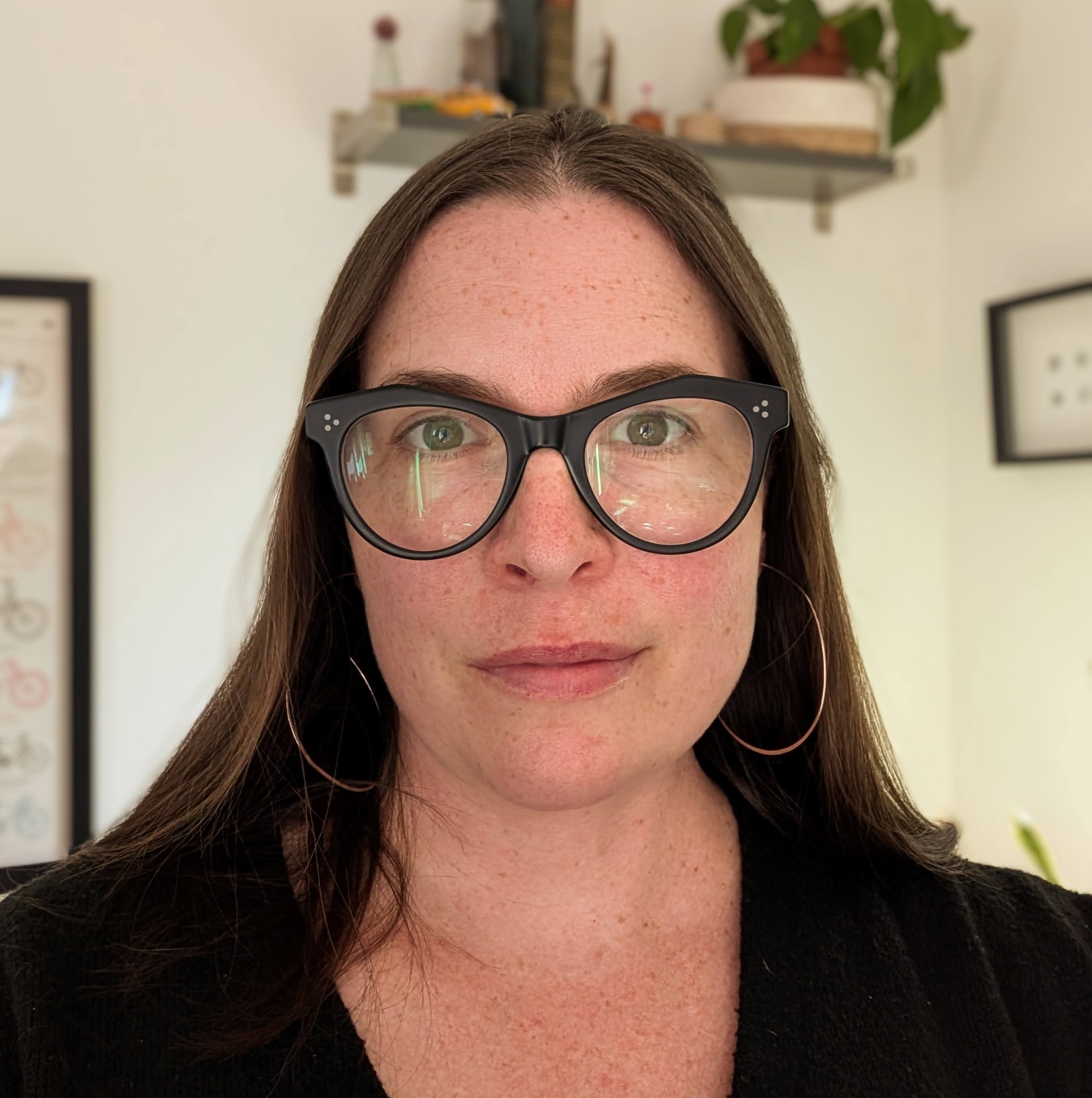I am an independent researcher providing consulting in behavioural and social science, data analysis and visualisation. I have decades of experience teaching, and also run workshops in my areas of expertise for all ages and stages of education and professional development. I also spend a lot of time writing - you can check out my blog here.
Currently, I am available for one-off workshops, as well as consulting both for small-scale project components (e.g., just data visualisation) and larger scale project management and execution (e.g., full data collection and analysis pipelines for behavioural tasks). You can find out more about my consultancy on the CogKnit website. Get in touch (chrissy cogknit.uk) to enquire about how I can support your work.
I used to work as a full-time academic in UK higher education; if you want, you can :read more about my previous work.
Expertise
Contact: chrissy cogknit.uk)
I like to code - I trained myself using the internet. I make experiments, visualisations, and other fun things. Browse below to see the latest
Seeing Music
An online exhbition built in collaboration with Charis Saitis and Sebastian Löbbers at QMUL. Exhibition built using WebSlides, Seeing Music game developed mainly in React with Sebastian Löbbers.
Heptapod B Generator
A generator for Heptapod B symbols from the film Arrival, created for a Science Festival event with New Media Scotland. Read more here.
Coloured Vowels
An interactive visualisation of the data from Cuskley, Dingemanse, Kirby & van Leeuwen (2019). Explore the consistency and structure of vowel-colour associations in a large sample of synaesthetes and non-synaesthetes. Written in p5js.
Naming Game
An interactive version of an agent-based model where agents bootstrap a vocabulary of labels for colors through interaction. Written in p5js.
Ferro Sequences
A more structured version of a sequence learning experiment which was part of a language evolution exhibit at the Deutsches Heygiene-Museum in Dresden in 2017 (explainer here). Written mainly in p5js.
Voter Model
A visualisation of an idiosyncratic version of the voter model, where nodes are pixels that adapt (or not) to their neighbors. Written in p5js.
News Burner
One of my first successful coding projects was a Python insult generator, in the vein of the late, great Burnmaker. Plain JavaScript, mainly just using the power of regular expressions.
